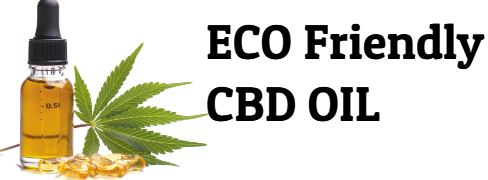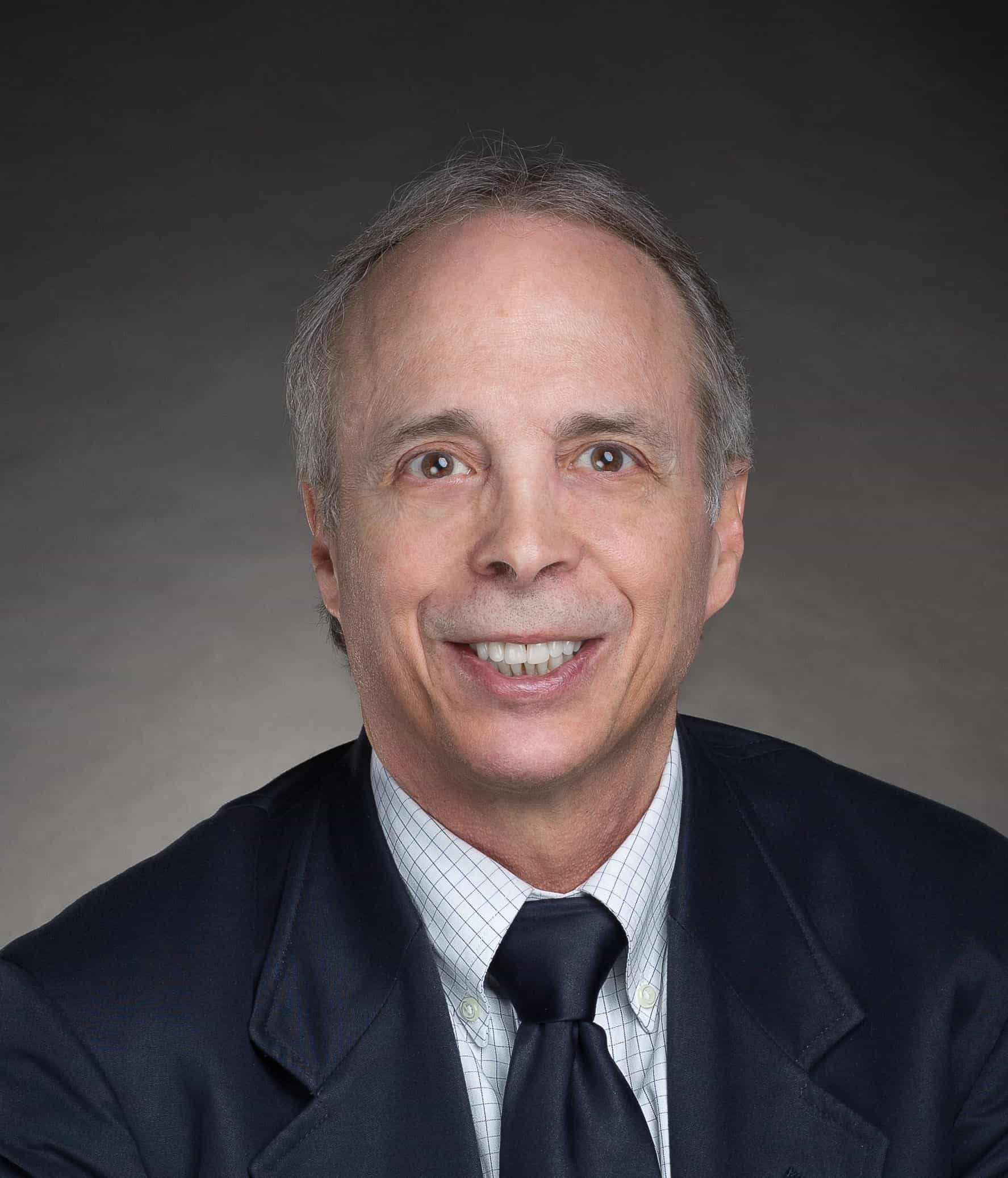Montana’s medical cannabis licensees will soon be subject to new advertising limitations and requirements.
The Montana Department of Revenue announced proposed rule changes for advertising last month and plans to hold a public hearing Aug. 13 to consider the adoption of the rules, which are slated to take effect Jan. 1, 2022—coinciding with the start of adult-use sales.
Some of the notable provisions proposed by the department include:
- Licensed businesses would be limited to two outdoor signs, which must be affixed to a building or permanent structure—billboards, banners and flags would be prohibited.
- Each outdoor sign is limited to 1,600 square inches (or roughly 11 square feet) and must include required warning language.
- A licensee may use the terms “marijuana” or “cannabis” in its signage or its electronic advertising, but may not use colloquial terms (e.g., pot, reefer, ganga, weed) or contain depictions of cannabis plants or paraphernalia.
- All advertising must be in black font with white background and include licensing, age restriction and warning statements.
- Businesses would not be allowed to advertise on social media platforms, TV, radio or in print, such as newspapers or magazines.
- Businesses would not be allowed to sponsor a charitable, sports or similar event, nor offer promotional items, giveaways, coupons or merchandise.
- A business that advertises via webpage must utilize appropriate measures to verify that individuals visiting the webpage are over 21 years of age.
As passed under provisions of Initiative 190—the state’s voter-approved ballot measure to legalize adult-use cannabis—the Department of Revenue is now responsible for administering the entirety of Montana’s cannabis regulatory framework for both medical and adult use.
On the heels of the voter-approved measure, the Montana Legislature passed House Bill 249, which allowed medical cannabis businesses to engage in some electronic advertising activity that was previously prohibited, such as by website, as long as they didn’t show cannabis use, make health claims or target under-age consumers.
According to the notice of proposed rule changes released by the Department of Revenue last month, “H.B. 249 also confirms the Legislature’s desire to severely curtail forms of advertising pertaining to the sale, cultivation or manufacture of marijuana.”
Meanwhile, Montana’s adult-use legislation—H.B. 701—prohibits advertising of adult-use cannabis and cannabis products in any medium, including electronic media.
However, prior to passage of H.B. 249, the Montana Medical Marijuana Act did not adequately address activities that constitute as prohibited advertising for medical cannabis businesses, according to the Department of Revenue’s release.
J.J. Thomas, who owns The Higher Standard, a chain of dispensaries in Missoula, Helena, Butte and Dillon, told NBC affiliate KTVH he’s concerned the proposals are putting too many obstacles in front of providers.
“We’re already limited on things we can say, images that we can use, the way websites are accessed, signage on your buildings and all this stuff,” he said. “We’re already following a very strict guideline for all of those things that already makes it really hard on businesses to succeed in general. It sounds like they’re basically taking it down another level to make it even harder than it already is—to the point where we don’t really know, is there anything you can do?”
Concerned persons may submit their data, views or arguments, either orally or in writing, at the Department of Revenue’s hearing at 10:30 a.m. Aug. 13 in the auditorium of the Department of Public Health and Human Services Building, 111 North Sanders St., Helena, Montana.
Written data, views or arguments may also be submitted to the Department of Revenue through Aug. 23:
- By mail, Todd Olson, Department of Revenue, Director’s Office, P.O. Box 7701, Helena, Montana 59604-7701
- By phone at (406) 444-7905, or fax at (406) 444-3696
- By email, to todd.olson@mt.gov
Stated in its July notice, the department contends that providing businesses until January to comply “is necessary and is advisable because it allows a reasonable period of transition for the industry to modify or terminate non-compliant advertising or wind down contractual advertising obligations with third-party advertising sources.”

